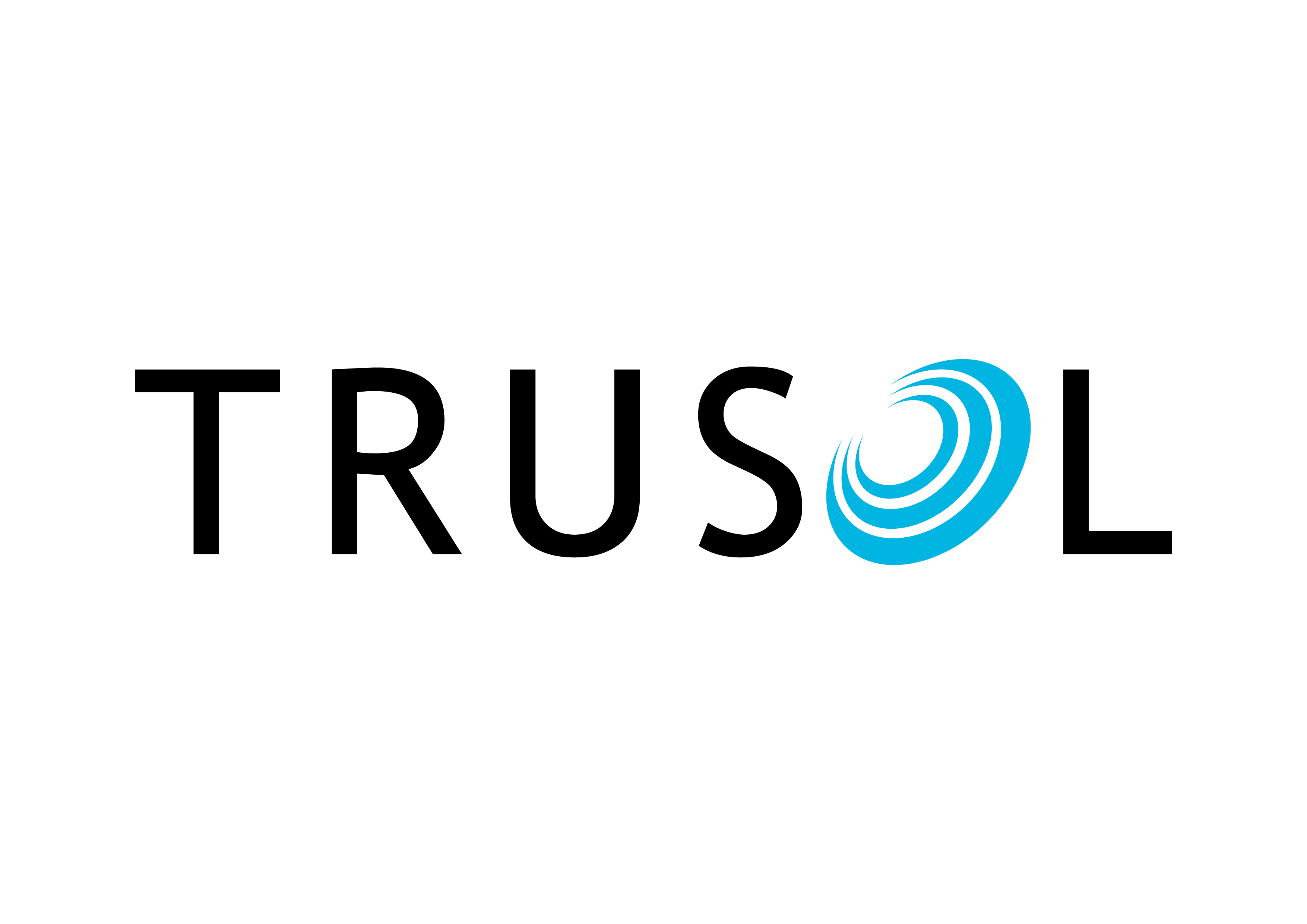03 Dec Interactive Classroom Technologies
The Next Generation
We are now in the early stages of a technology revolution in the education sector. Over the next four to five years, it’s estimated that many schools will replace traditional-style interactive whiteboards with the new “giant tablet style” interactive touch panel screens. Currently, there are more than 800,000 interactive whiteboards installed across the UK. They’re in schools, colleges, universities and corporate spaces and the demand for them is only increasing. It is envisaged that most of these existing interactive whiteboard technologies, predominantly from Promethean and SMART in the educational sector will be replaced with the new high definition interactive touch panels which are available from a number of different vendors.
What does this mean for interactive classroom technologies? The next generation has a variety of enhanced features that simply weren’t available with the previous generation of interactive whiteboards. As the technology improves, these interactive touch panels will be even more valuable to students and teachers, allowing them to take their classes to the next level.
High Definition
With high definition, everything is up close and personal. In a classroom, teachers can make use of the new 4K or 1080P high definition interactive screens to bring experiences up close and personal for their students. Interactive dissections can be as hands-on and visual as if the students were actually undertaking the exercise for real. Images of historical places and events will be so clear, students will feel as though they’re actually traveling along with their teachers and classmates. High definition interactive screens have the power to transform the entire educational experience–and they’re coming now.
Ultra Bright
The brighter the screen, the easier it is for students to make out everything that’s going on in the lesson. There’s no need for students at the back of the class to squint and lean forward, desperate to make out something that’s clear enough in the front row. With ultra bright technology, every image is crisper, clearer, and easier to see.
Up to 10 Point Touch
Many traditional Interactive Whiteboards only recognised two points of touch, which means that students and teachers may use only two fingers to explore their content. With 10 point touch, up to ten fingers can be in use at once, digging in and exploring the content on the interactive screen. This also makes it easier for multiple students to work together on projects, taking their learning to the next level through collaboration.
Simplicity is Key
With the latest incarnations of interactive touch panels, there’s no need to calibrate the system every time it’s turned on. Projectors are no longer required and subsequently the expense and frustrations around replacing bulbs is eliminated. This means that there’s less class time lost on technology issues and more time spent actually working–something that every teacher is sure to appreciate. Providing teachers with technology that will allow them to focus more on the lesson makes it easier for them to complete their goals for the day.
Added Incentives
The newest interactive touch panels are sleek and stylish. They wouldn’t be out of place in a futuristic classroom, and they’re absolutely perfect in the most up-to-date classrooms of today. Even better, these new screens have long warranties. They’re built to last, expected to perform, and backed by their respective manufacturer with warranties that will take care of them if there are any issues.
Are you ready to add tomorrow’s interactive panel technology to your classroom today? Contact us for more information about choosing an interactive solution that’s right for your needs, developing lesson plans that will work with the technology, or answers to any of your pressing questions and concerns.





